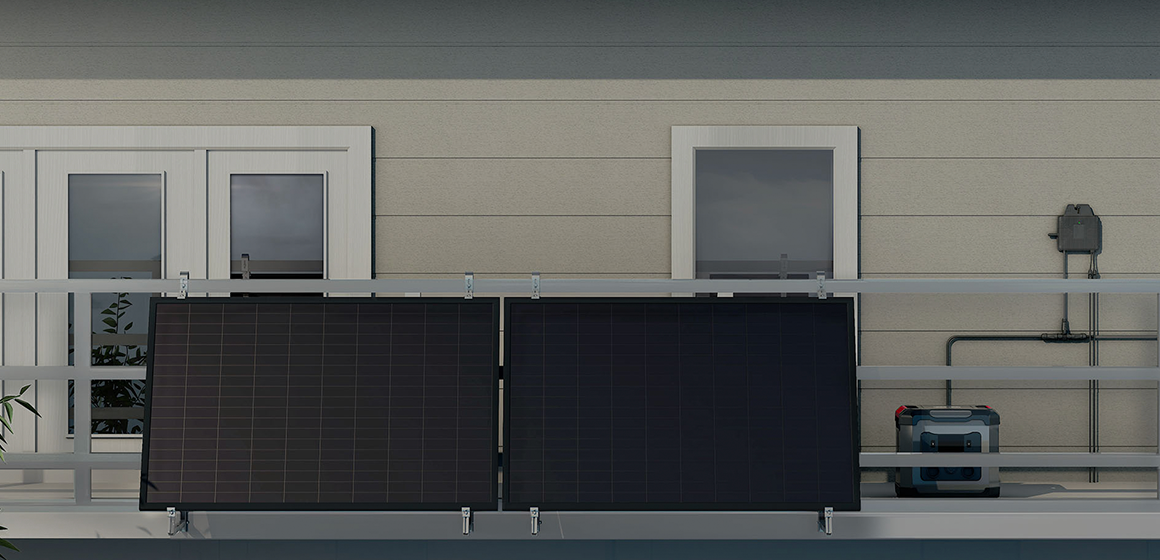As the world increasingly turns to renewable energy, solar power manufacturing stands at the forefront of this transformation. Innovations in technology and manufacturing processes are not only enhancing efficiency but also reducing costs, making solar energy more accessible than ever before.

Advancements in Solar Technology
What are the latest advancements in solar technology? The integration of photovoltaic (PV) systems with smart technology is revolutionizing the industry. For instance, the development of bifacial solar panels allows for energy capture from both sides, significantly increasing energy output. Additionally, innovations in materials, such as perovskite solar cells, promise higher efficiency rates and lower production costs.
- Bifacial solar panels
- Perovskite solar cells
- Smart inverters
Streamlining Solar Power Manufacturing Processes
In the realm of solar power manufacturing, efficiency is key. Manufacturers are adopting automation and robotics to streamline production lines. This not only speeds up the manufacturing process but also minimizes human error, leading to higher quality products. Furthermore, the implementation of lean manufacturing principles helps reduce waste and optimize resource use.
How can companies ensure they remain competitive? By investing in research and development, manufacturers can stay ahead of the curve. Continuous innovation is essential for adapting to market demands and regulatory changes.
Environmental Impact and Sustainability
One of the most compelling aspects of solar power manufacturing is its potential for sustainability. As the industry grows, so does the focus on reducing its environmental footprint. Manufacturers are increasingly using recycled materials in production and adopting eco-friendly practices. This shift not only benefits the planet but also appeals to environmentally conscious consumers.
- Utilization of recycled materials
- Adoption of eco-friendly manufacturing practices
- Commitment to sustainability
The Role of Policy and Regulation
Government policies play a crucial role in shaping the future of solar power manufacturing. Incentives such as tax credits and subsidies encourage investment in solar technologies. However, regulatory challenges can also pose obstacles. Understanding the regulatory landscape is essential for manufacturers to navigate these complexities effectively.
In conclusion, the future of solar power manufacturing is bright, driven by innovation and a commitment to sustainability. As the industry evolves, staying informed about technological advancements and regulatory changes will be vital for success. For more insights into the solar power industry, visit  .
.




